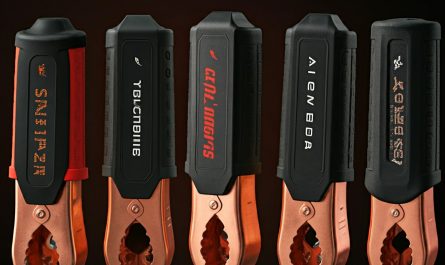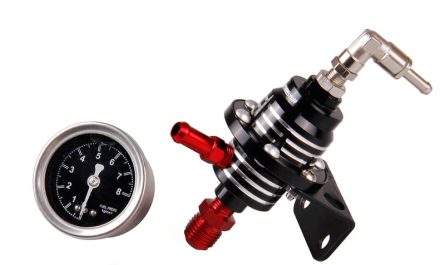Introduction
CV joint, also known as constant velocity joints, are crucial components in a vehicle’s drivetrain that allow power to be transferred from the transmission to the wheels at a constant speed while also allowing for the wheel to move up and down with the suspension. The main function of CV joint is to ensure smooth operation and efficient transfer of power, especially during cornering when the wheels need to turn at different speeds. They are commonly found in front-wheel drive vehicles, as well as some all-wheel drive and rear-wheel drive vehicles.CV joint are typically made of hardened steel and are filled with grease to reduce friction and wear. They are designed to withstand high levels of stress and torque, making them essential for the overall performance of a vehicle.
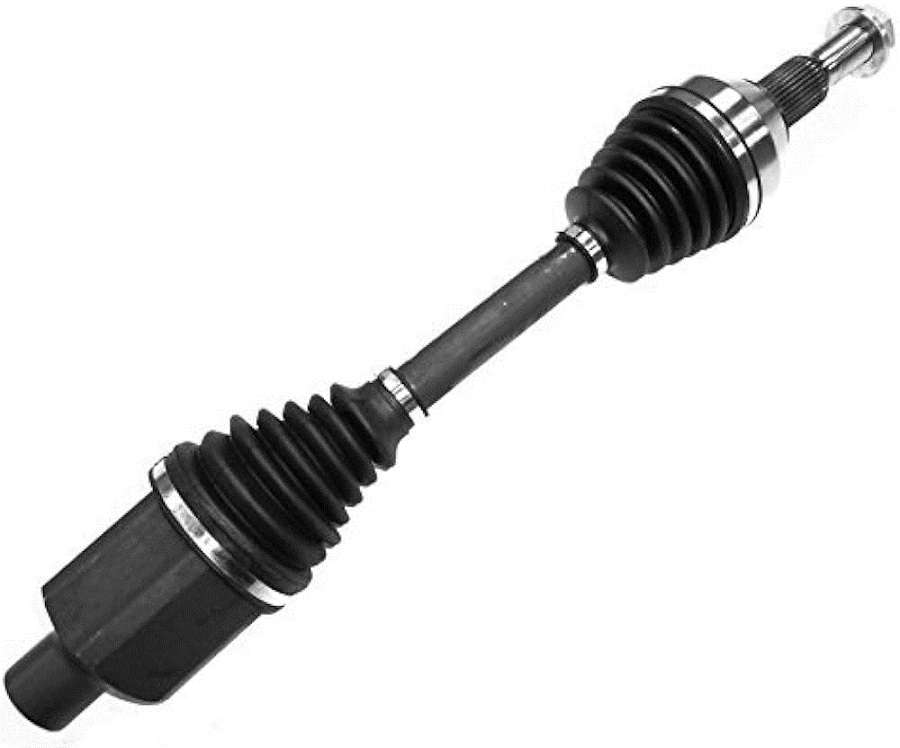
CV Joint Location in Vehicle’s Drivetrain
The location of CV joint in a vehicle’s drivetrain is an important aspect to consider when understanding how they function. CV joints are typically found at both ends of the front axle shafts and rear axle shafts in most vehicles. In front-wheel drive vehicles, CV joints are located on the inner and outer ends of the axle

shafts, connecting the transmission to the front wheels. In rear-wheel drive vehicles, CV joint can be found on the drive shafts that connect the transmission to the rear wheels. In all-wheel drive vehicles, CV joints are often located on all four axle shafts to facilitate power transfer to each wheel.
Types of CV joint
There are three main types of CV joint commonly found in vehicles: the Rzeppa joint, the double cardan joint, and the tripod joint.
- Rzeppa joint
The Rzeppa joint, also known as a ball joint, is the most common type of CV joints and is typically found in front-wheel drive vehicles. It uses a spherical inner race with six ball bearings to transmit power while
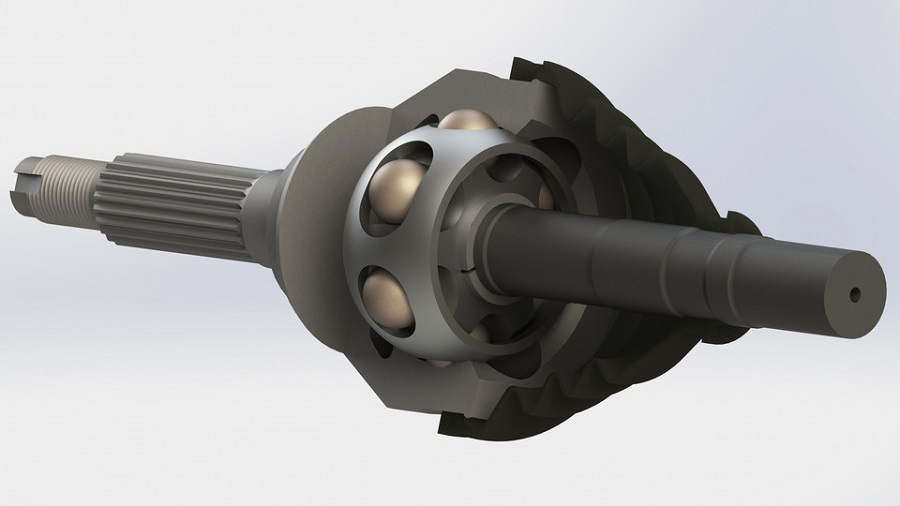
allowing for a wide range of movement and constant velocity. The Rzeppa joint is known for its durability and ability to handle high angles.
- Double cardan joint
The double cardan CV joint, also known as a universal joint, is commonly found in four-wheel drive and all-wheel drive vehicles. It consists of two cardan joints connected at an angle to allow for power transfer
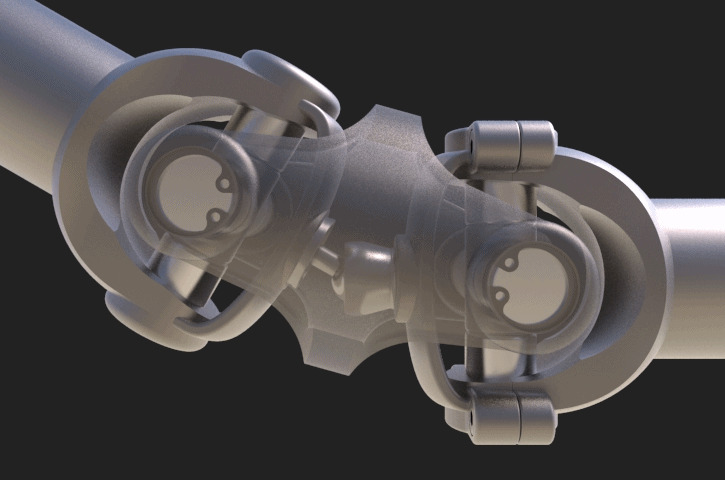
while accommodating changes in driveshaft length. The double cardan joint is ideal for vehicles with a wider range of motion.
- Tripod joint
The tripod CV joint, also known as a triax joint, is commonly found in front-wheel drive vehicles. It uses three bearings or rollers to transmit power while allowing for a higher angle of operation than the Rzeppa

joint. The tripod joint is known for its compact design and efficiency in power transfer.
The main differences between the Rzeppa CV joint, double cardan joint, and tripod joint lie in their design and application in vehicles. The Rzeppa CV joint is commonly found in front-wheel drive vehicles and is known for its spherical inner race design with six ball bearings for power transmission. The double cardan joint, found in four-wheel drive and all-wheel drive vehicles, consists of two cardan joints connected at an angle to accommodate changes in driveshaft length. The tripod joint, commonly found in front-wheel drive vehicles, utilizes three bearings or rollers for power transfer with a higher angle of operation than the Rzeppa CV joint.
Working Of CV Joint
CV joint, or constant velocity joints, play a crucial role in a vehicle’s drivetrain by allowing for smooth power transfer and constant velocity even when the axle shaft is at an angle. The basic principle of operation of CV joint is to transmit torque from the transmission to the wheels while accommodating for changes in drive angle as the vehicle moves.
- Internal components and their roles
The internal components of a CV joint include a cage, bearings, and an inner and outer race. The cage holds the bearings in place and allows for smooth rotation, while the inner and outer races provide a surface for the bearings to roll against. As the axle shaft moves, the bearings allow for the shaft to rotate at a constant velocity without any loss of power.
- How they allow for varying angles and speeds
CV joint are able to accommodate varying angles and speeds thanks to their design. The ball and groove design of most CV joint allows for smooth motion in multiple directions, while the plunging capabilities of certain types of CV joint, such as the Rzeppa joint, allow for fluctuations in shaft length as the suspension moves up and down. This combination of flexibility and durability makes CV joint essential components in a vehicle’s drivetrain.
Common CV Joint Problems
Common CV joint problems can arise due to various reasons, and it’s important to be aware of the signs of a worn-out CV joint, the causes of failure, and the importance of regular inspection and maintenance.
- Signs of a worn-out CV joint
Signs of a worn-out CV joint include clicking or popping noises when making turns, vibrations felt in the steering wheel, or grease leaking from the CV boot. These symptoms indicate that the CV joint is no longer operating smoothly and may need to be replaced.
- Causes of CV joint failure
Causes of CV joint failure can include a torn or damaged CV boot, which allows dirt and debris to enter the joint and cause wear and tear. Continuous use of the vehicle at high angles can also lead to premature CV joints failure, as well as lack of proper lubrication.
- Regular inspection and maintenance of CV joint
Regular inspection and maintenance of CV joint are crucial to prevent problems from occurring. Inspecting the CV boots for any tears or cracks, ensuring they are properly lubricated, and replacing them when necessary can help prolong the life of the CV joints. Additionally, having a professional mechanic inspect the CV joints during routine maintenance can catch any issues early on and prevent further damage.
Replacing a CV Joint
- When replacement is necessary
Replacing a CV joints is necessary when the joint is worn out or damaged, resulting in symptoms such as clicking noises, vibrations, or grease leaks. When you notice these signs, it’s important to replace the CV joint to prevent further damage to your vehicle’s drivetrain.
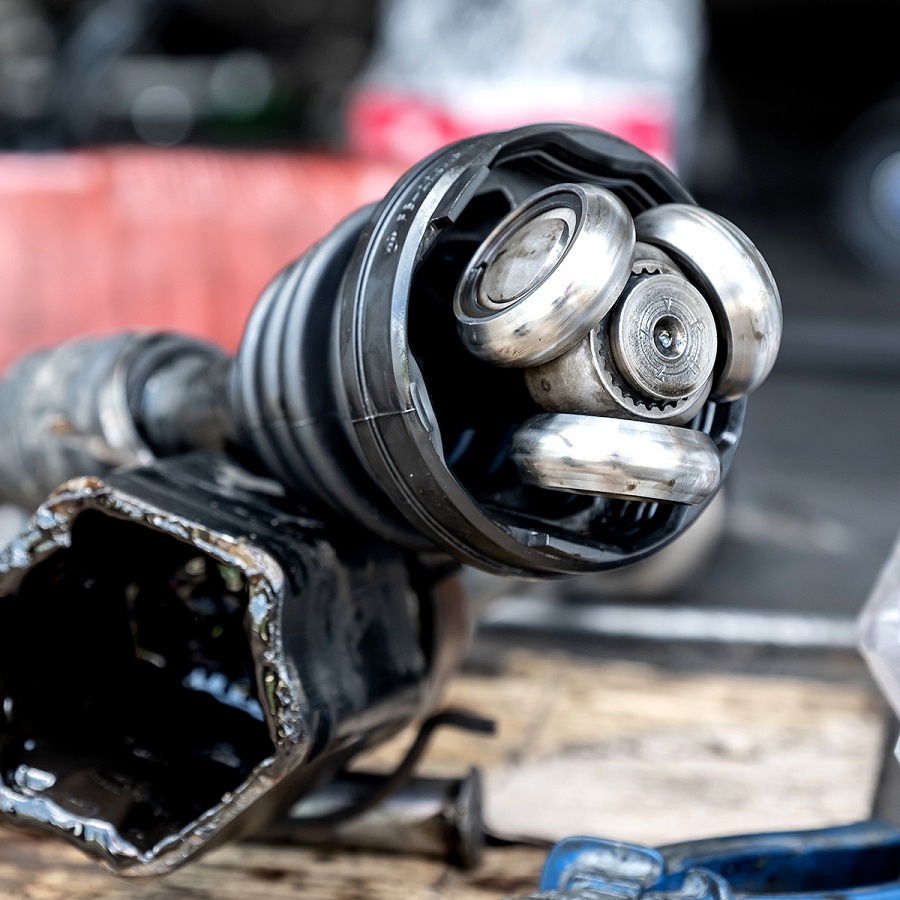
- DIY vs. professional replacement
When it comes to replacing a CV joint, you have the option of doing it yourself or seeking professional help. DIY replacement can be a cost-effective option if you have the tools, skills, and confidence to do the job correctly. However, if you’re unsure about your abilities or don’t have the necessary tools, it’s best to leave the replacement to a professional mechanic who has experience with CV joint replacement.
- Cost considerations
Cost considerations are also important when replacing a CV joint repair cost. DIY replacement may save you money on labor costs, but you’ll need to purchase the replacement CV joint and any tools you may not already have. Professional replacement will involve labor costs, but you can be assured that the job will be done correctly by someone with expertise in CV joints replacement.
Conclusion
The CV joint is an essential component in a vehicle’s drivetrain, enabling smooth power transfer to the wheels, even when the vehicle is turning or driving over uneven terrain. Its intricate design and engineering allow for consistent rotational speed, enhancing vehicle handling, comfort, and overall performance. While often overlooked, the CV joint requires regular inspection and maintenance to prevent failures, which can manifest as noise, vibrations, and uneven tire wear. By understanding the signs of a failing CV joints and taking proactive steps to care for it, drivers can ensure a safe and enjoyable driving experience.
